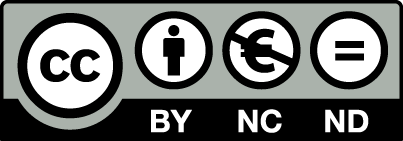Zusammenfassung:
Even though they dominate the global television (TV) market, light-emitting diode backlit liquid crystal display (LED-LCD) TVs have received little attention for use with off-grid household-scale renewable energy systems, primarily because of high up-front costs. However, technological advances and price declines mean that these TVs can now provide the same level of electricity service as standard LED-LCD TVs offer but at lower total energy cost. Moreover, LED-LCD TVs are inherently direct-current (DC)-powered devices and therefore well suited for use with off-grid solar home systems. We estimate that DC-powered energy-efficient LED-LCD TVs can decrease the retail purchase price of solar home systems by about 25% by allowing use of 50% smaller photovoltaics and battery capacities than would be needed for the same energy system to power a standard LED-LCD TV. We recommend that policies such as awards, bulk procurement, incentives, and energy labels be considered to facilitate the adoption of these energy-efficient TVs in off-grid settings.

